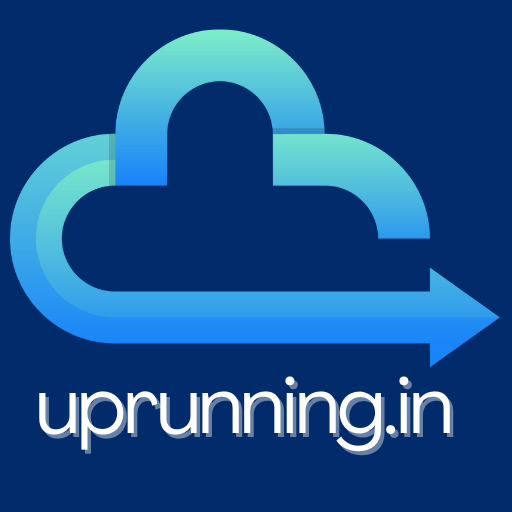n today’s data-driven world, businesses and researchers face a common bottleneck: time. Whether it’s rendering high-definition graphics, running complex simulations, or processing terabytes of scientific data, high-performance computing (HPC) is the backbone of progress. But setting up and managing a compute cluster is no walk in the park. Enter Azure Batch: Microsoft’s answer to democratizing large-scale parallel and high-throughput computing in the cloud.

What is Azure Batch?
Azure Batch is a cloud-based job scheduling service that enables users to run large-scale parallel and high-performance computing (HPC) applications efficiently in Azure. Without having to manage infrastructure, users can deploy thousands of compute nodes and execute jobs in parallel, whether it’s for media rendering, financial risk modeling, genomics analysis, or AI training.
At its core, Azure Batch abstracts the complexities of provisioning, managing, and scaling clusters of virtual machines, allowing developers and data scientists to focus on the task, not the infrastructure.
What’s Unique About Azure Batch?
Azure Batch distinguishes itself with a few key features:
- Infrastructure Abstraction: Users can submit jobs without worrying about provisioning or managing the underlying VMs.
- Support for Windows and Linux: Flexibility to run workloads across different environments.
- Autoscaling: Automatically adjust the number of nodes based on workload requirements, optimizing cost and performance.
- Tight Integration with Azure Services: Seamlessly integrates with Azure Blob Storage, Azure Files, and Azure Active Directory.
- Custom Docker Images and VM Pools: Offers support for custom environments, ideal for specialized workloads.
New Features & Enhancements in 2025
Microsoft has quietly supercharged Azure Batch in 2025, introducing several behind-the-scenes upgrades that significantly enhance performance, flexibility, and usability:
1. GPU Resource Scheduling 2.0
This new update brings advanced GPU-aware scheduling, allowing users to schedule jobs on specific GPU types (A100s, H100s, etc.), with enhanced telemetry and better job-node affinity. It is a game-changer for AI/ML workloads.
2. Integrated Cost Estimator
Before submitting a job, users can now estimate the expected cost based on compute time, instance type, and data movement. This has been a long-requested feature that brings clarity and planning capability to enterprises.
3. Pre-Built Environment Templates
Need a TensorFlow + CUDA setup? Or a FFmpeg-based rendering environment? Azure Batch now supports plug-and-play templates, allowing teams to start instantly without writing complex start tasks.
4. Job Chaining and Dependency Management
Previously, users had to write external scripts or use workarounds to create job dependencies. Now, Batch supports native job chaining, ensuring that jobs run in sequence or parallel based on logical dependencies.
5. Intelligent Autoscaling with Predictive ML
Microsoft has introduced an ML-powered autoscaler that predicts workload peaks and pre-warms compute nodes. This reduces cold start delays and saves cost during off-peak hours.
Real-World Applications
- Media & Entertainment: Studios are using Azure Batch to render VFX frames across hundreds of nodes overnight.
- Life Sciences: Genomic sequencing and protein folding are performed faster and cheaper.
- Finance: Monte Carlo simulations and risk modeling now run in hours instead of days.
Why You Should Care
Azure Batch is no longer just a niche tool for HPC veterans. With its recent upgrades and growing ecosystem, it’s quickly becoming a must-have for any team working with compute-intensive workloads. Its serverless feel, combined with HPC power, enables even small startups to perform tasks that were once reserved for enterprises with deep pockets.
So, whether you’re a data scientist, engineer, animator, or innovator, Azure Batch might just be your next superpower.
![]()

Leave a Reply